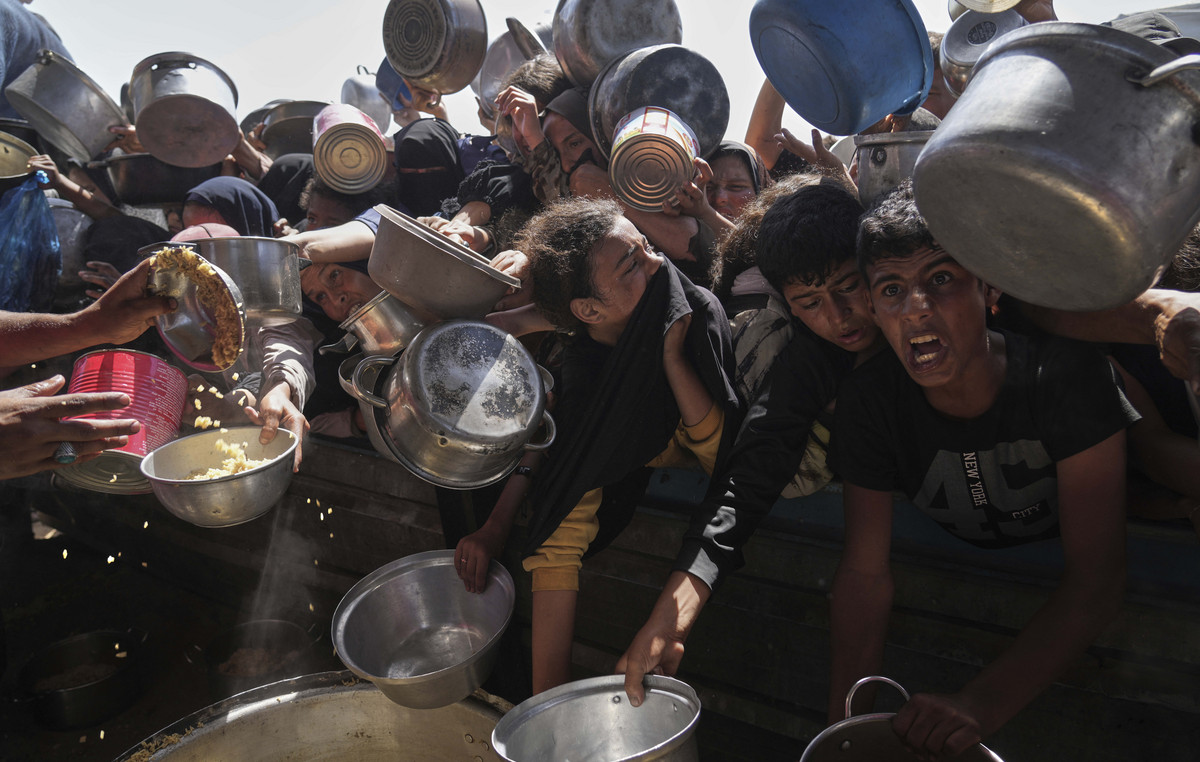They are many, almost two out of a hundred. The Italian hikikomori, young people who voluntarily isolate themselves from society, would be everything more than 50 thousand. reports it theInstitute of clinical physiology of the Cnr, which conducted the first national study with the aim of providing a quantitative estimate of voluntary social withdrawal among adolescents. The study is promoted by the non-profit organization Gruppo Abele in collaboration with the University of the Road.
«Hikikomori» is a Japanese term that can be translated into Italian as “social retreats” and which indicates the tendency, in young or very young people, to stop leaving the house, to attend school and friends, for lock themselves in their rooms and limit relationships to a minimum with the outside world, maintaining contacts mainly through the Internet.
The research involved a sample of over 12,000 students representative of the Italian student population between 15 and 19 years old. Adolescents answered a series of questions aimed at understanding both their behaviors and perceived causes – the findings are based on participants’ self-assessments.
«2.1% of the sample attributes the definition of Hikikomori to themselves: projecting the data on the student population (reference to the available 2018 data; source Ministry of Education) aged 15-19 at a national level, it can therefore be estimated that about 54,000 Italian high school students identify themselves in a situation of social withdrawal», explains Sabrina Molinaro, researcher of the Cnr-Ifc. «This data appears to be confirmed by the answers on effective withdrawal periods: 18.7% of the interviewees stated, in fact, that they had not gone out for a significant amount of time, excluding the lockdown periods, and of these 8.2% did not released for a period of 1 to 6 months and beyond: this area includes both the most serious situations (over 6 months of closure) and those at greatest risk (from 3 to 6 months). The projections tell us about about 1.7% of students total (44,000 young people nationwide) who can be defined as Hikikomori, while 2.6% (67,000 young people) would be at serious risk of becoming one”.
The age most at risk is between 15 and 17 years old, and the causes seem to creep in as early as middle school. Among these, the decisive factor is the sense of inadequacy compared to the group of classmates: «Having suffered episodes of bullying, contrary to what one might think, is not among the most frequent reasons for the choice. While there is evidence of a widespread fatigue in relationships with peers, characterized by frustration and self-devaluation», says Sonia Cerrai (Cnr-Ifc). «Another partially surprising figure concerns the reaction of families: more than one interviewee out of 4, among those who define themselves withdrawn, in fact declares that the parents would have accepted it seemingly without question. The data is similar when it comes to teachers.
Males are the majority among the effective retirees, but females are more easily given the definition of Hikikomori. Girls are more likely to sleep, read and watch TV, while boys are more likely to play online.
To reflect on the data that emerged and counter the phenomenon of social withdrawal, the Abele Group has organized a seminar for operators, educators and teachers, which will be held in Turin on May 5th next.
Isolation and Self-Reclusion: When the Hikikomori Kills
Hikikomori, the world in a room
Who are the Hikikomori?
“I lived for years locked up in my room”, our stories dedicated to mental health
Source: Vanity Fair
I’m Susan Karen, a professional writer and editor at World Stock Market. I specialize in Entertainment news, writing stories that keep readers informed on all the latest developments in the industry. With over five years of experience in creating engaging content and copywriting for various media outlets, I have grown to become an invaluable asset to any team.







